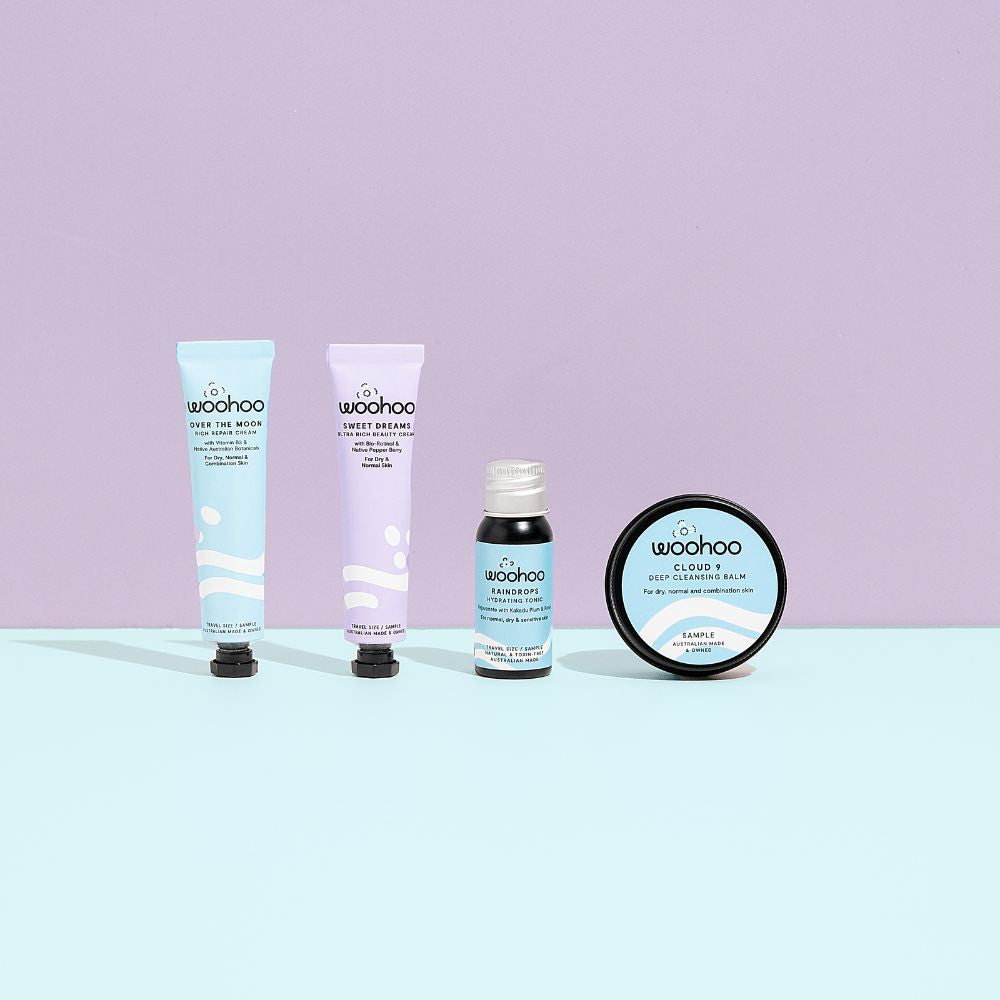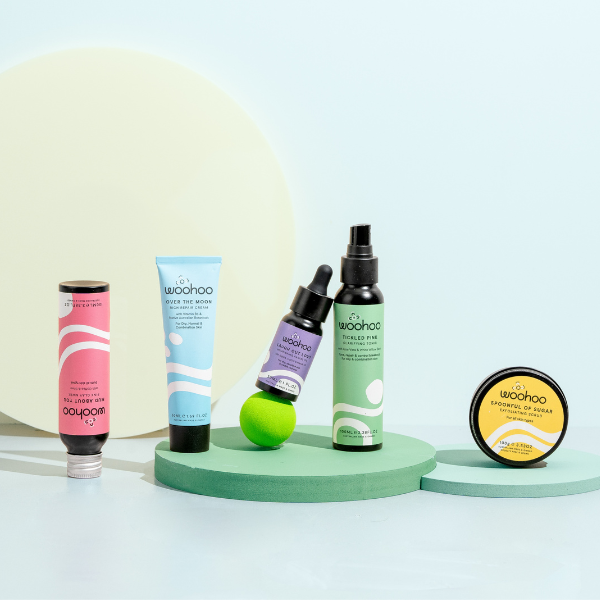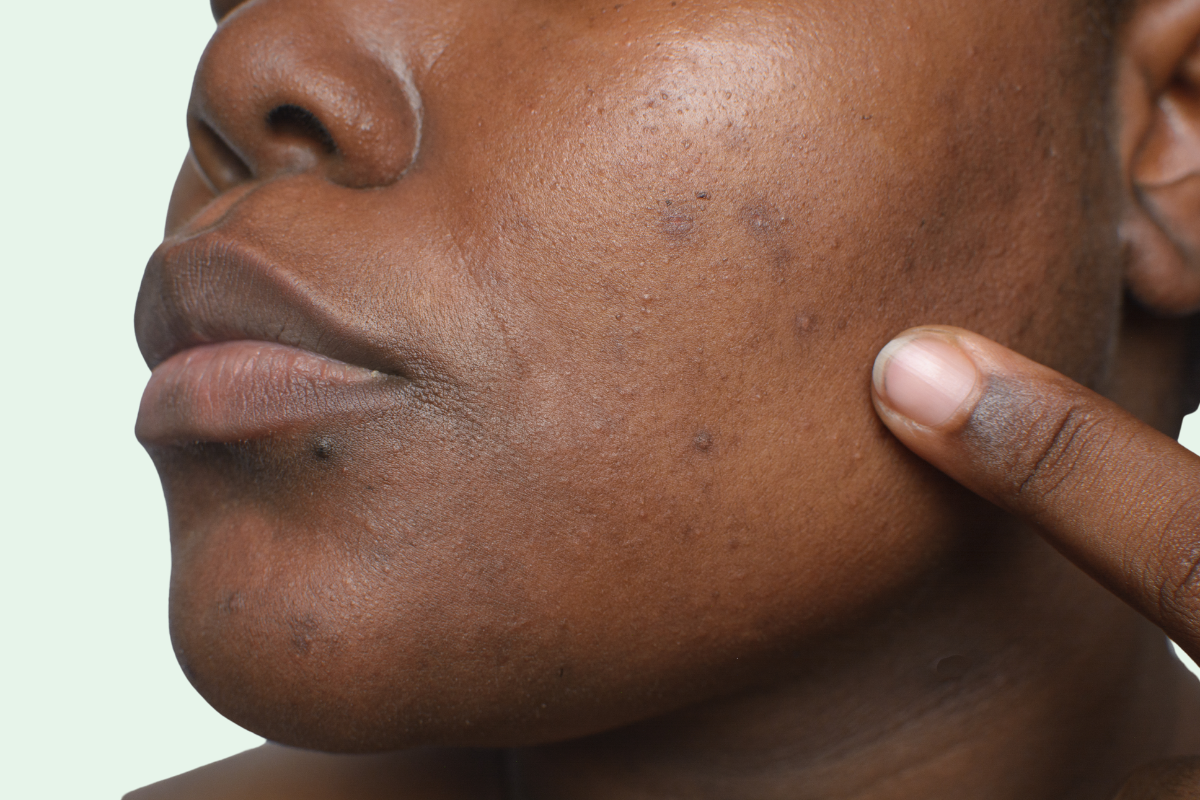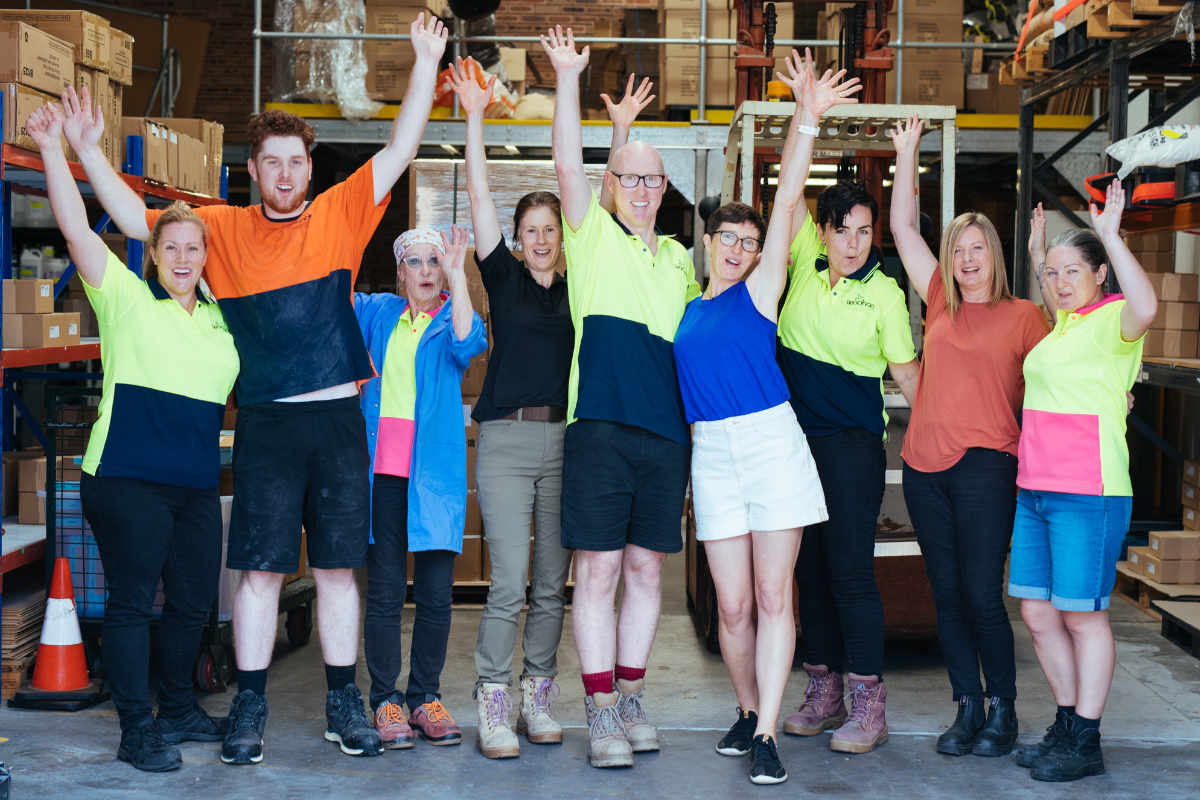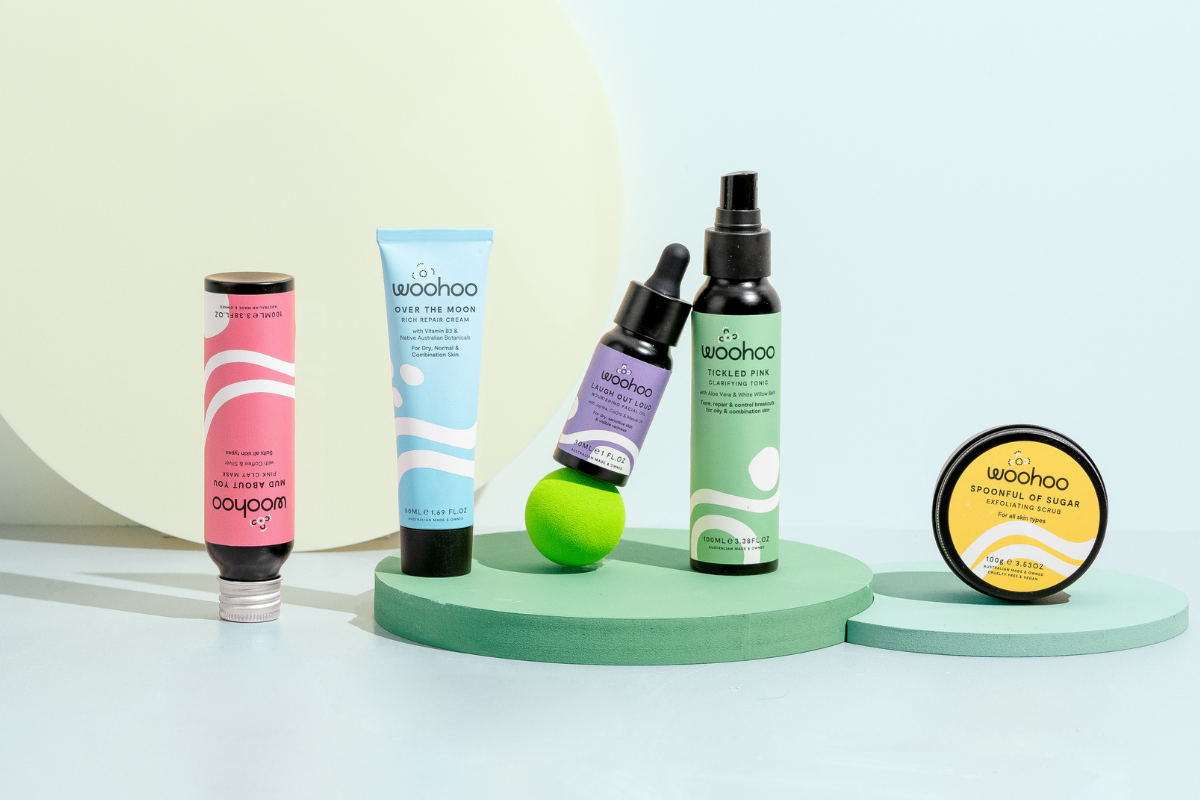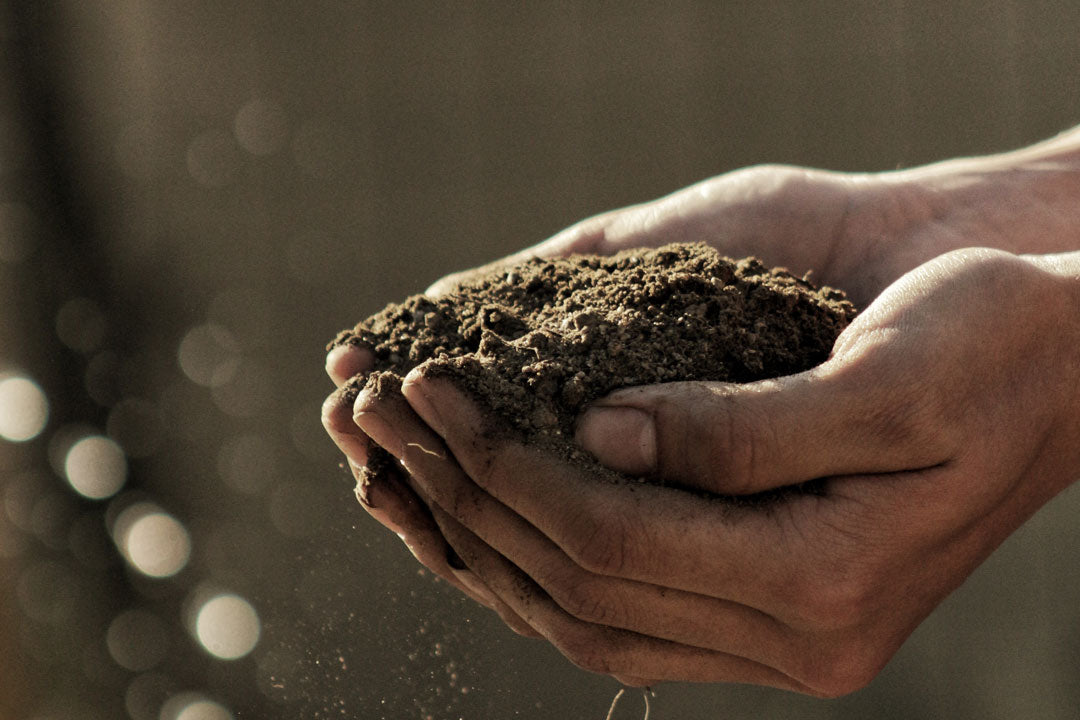
Now that’s a really good question. These are words that are thrown around all the time, but what exactly do they mean? Aren’t they all pretty much the same thing?
Nope! In fact, they’re quite different. But they’re all related, as they all help us understand what can be done with a piece of packaging when you’re finished with it.
Here at Woohoo Body and Woohoo Skincare, we’re always on the hunt for eco-friendly alternatives to conventional petroleum-based plastic, and when weighing up any potential packaging option, these are the top 3 (of many!) things that we consider.
What is recyclable packaging?
Possibly the most common term when it comes to packaging is ‘recyclable’, so let’s start with this.
Recycling refers to the process of breaking down and reusing. Most of the time recyclable products are reprocessed into the same or a similar product, or are “downcycled”.
For example, tins can be crushed, shredded and melted in sheets, which are recycled into new tins. You’ll notice some of our products come in tins; like our Woohoo All Natural Deodorant Paste and our Woohoo Skincare Cloud 9 Deep Cleansing Balm. We love the fact its packaging is infinitely 100% recyclable – it doesn’t degrade over time!
Materials such as cardboard and paper are also awesome to recycle. They are pulped or shredded to break down the fibres. The fibres are then blended with another material to create a stronger pulp and filtered to remove debris (like glue and leftover tape). Finally, the recycled pulp is dried and reformed into solid sheets—ready to be made into recycled cardboard or paper.
Plastic is a little tricky though; when it’s recycled it generally creates a lower quality product. Essentially, this is because when plastic is melted down its molecular structure gets damaged and it’s not as strong.
Ever noticed that a recyclable water bottle feels a lot different to a conventional plastic bottle? This is precisely why. And this is where downcycling comes in.
Once a plastic bottle has been through the recycling system a few times and has lost its strength, it can be downcycled by turning it into something else, like carpet, fleece, or even park benches.
Sure, it’s great that plastic can be recycled but, sadly, this is only a short-term option. There are limits to how many times the process can be done. Eventually, the molecules become so irreversibly damaged that the product ends up in landfill.
At Woohoo and Woohoo Skincare, we choose to use recycled plastic over traditional plastic wherever possible. If we can keep the rubbish out of landfill for as long as possible, that’s a positive. We also put biodegradable enzymes in our plastic packaging where we can – this ensures that they break down much faster than other plastics.
Another plus for the plastic bottles we use is that they are 100% post-consumer recycled PET plastic and manufactured right here in NSW in a carbon neutral facility. So, not only are we supporting another small business but also we’re saving resources by not importing packaging from across the globe.
What is compostable packaging?
Compostable packaging is made from plant materials, rather than mineral oil. This means the products can fully ‘compost’ into the earth without giving off unhealthy toxins.
Sounds simple, but there is a bit of science needed and not all compostable items are created equal. While some items – usually referred to as “Home Compostable” – will break down in your garden, some compostable items need very specific conditions to fully break down (these are referred to as “Commercially Compostable”).
This is where a commercial composting facility comes into play. It’s the boss when it comes to creating and controlling the all-important optimal composting conditions for items that are more difficult to compost.
A commercial composting facility will provide lots of moisture and a minimum temperature of 60 degrees Celsius.
It’s important to note that you shouldn’t put your commercially compostable items into your regular council recycling bin as your local council won’t be able to create the right conditions for your rubbish to turn into compost.
So where does that leave us mere mortals who don’t have access to a commercial facility? Sometimes, there is no magic answer. However, perhaps the rise of compostable packaging might encourage more Aussies to set up their own home compost.
What is biodegradable packaging?
Biodegradable products break down naturally with the help of various enzymes and microbes, such as bacteria and fungi—and the right conditions!
Now, here’s the tricky thing; compostable items are, by nature, biodegradable. But not all biodegradable products are compostable!
This is because compostable products break down completely, leaving only organic material behind. On the other hand, biodegradable products break down but, depending on their composition, may leave behind microplastics and other matter.
It’s also important to be aware there is bio-plastic and biodegradable plastic, which are not one and the same. That would be way too easy!
While biodegradable plastic remains a better choice than conventional plastic, it has its drawbacks, as it’s often made from petrochemicals with the addition of enzymes to help the material break down faster.
There are different types of enzymes that can be used to create biodegradable packaging. The better ones (which we have opted for in our packaging) don’t create microplastics, but others do leave behind microplastics as they break down, and may also produce methane, which is not good for the planet.
Also, biodegradable products need certain conditions to break down. Without the right level of UV light, water and microorganisms they can hang around for a very long time. The biodegradable enzymes we use in our plastic packaging have been verified to work in landfill, so once your plastic packaging has been recycled a few times and ends up in landfill it will get the conditions it needs to break down.
Bioplastics on the other hand, rather than being made from petroleum, are made from natural materials, such as cornstarch and sugar cane. This means a reduced demand for fossil fuel and less methane emission. They’re not perfect either, as there is a debate about diverting essential global food stocks into the creation of plastic packaging, but that’s a debate for another day.
There's also a common misconception that all bioplastics are biodegradable, but that's not necessarily true. Many bioplastics are not biodegradable, nor compostable, as being made from a plant source does not guarantee this.
There’s no perfect solution (yet)
Packaging is one thing that we spend a LOT of time thinking about and sadly the personal care and cosmetics industry does create a lot of waste. As a small business our impact isn’t enormous, but we still feel a huge responsibility to do the best we can by the planet.
To do our bit, we use paper and cardboard packaging at every opportunity. This is why you’ll find our Woohoo Deodorant Sticks and Woohoo Skincare lip balms are cleverly housed in a nifty biodegradable cardboard tube!
We never said reducing our footprint on the planet would be easy. But, we’re proud to be a small company who’s always looking to improve and minimise our footprint, trying to make the best choices we can based on our available options.
Our goal is to make a big, positive impact on Mama Earth wherever we can, so watch this space as we continue to explore every available opportunity :)
